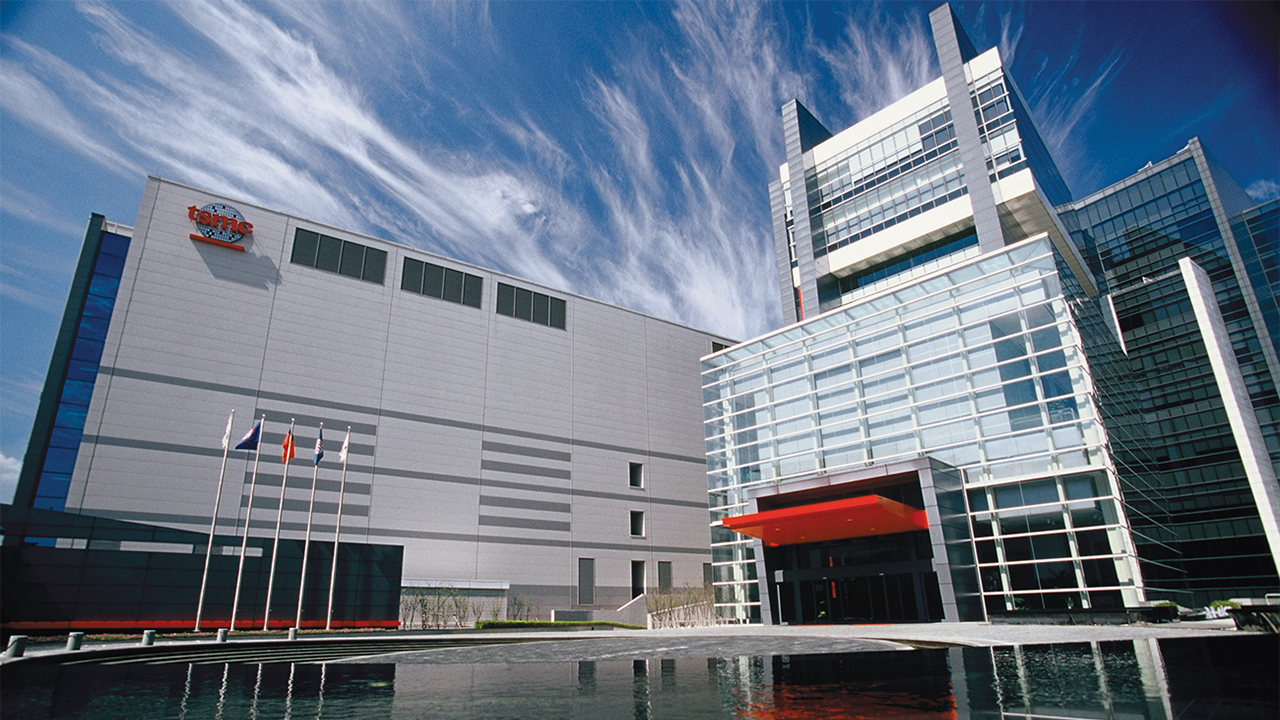Taiwan Semiconductor Manufacturing Co. is on track to start risk production of chips using its N4 (4 nm) fabrication technology in the third quarter, according to TSMC and DigiTimes’ sources in the semiconductor supply chain. The new node will enable chipmakers to slightly shrink the N5 design and further optimize power consumption and performance in 2022.
TSMC’s N4 belongs to the company’s N5 family that also includes N5, N5P, and N5HPC. While all of these technologies rely on both deep ultraviolet lithography (DUV) and extreme ultraviolet lithography (EUV), as well as have many things in common, they are still quite a bit different and are designed for differing applications.
Image 1 of 2
Image 2 of 2
TSMC’s N5P is a performance-enhanced version of N5 that boosts frequency potential by up to 5% or decreases power consumption by up to 10% (at the same transistor count). The node offers a seamless migration from N5, so it should be fairly easy to migrate a design or IP from N5 to N5P should the designer need to increase performance (or decrease power consumption) of their system-on-chips (SoCs) now. This technology is believed to be available now.
Image 1 of 2
Image 2 of 2
N4 is a further evolution of N5 that will enable a 6% smaller die area via an optical shrink and some further power and performance advantages enabled by BEOL (back end of line) enhancements. It continues to use N5’s design rules, design infrastructure, SPICE simulation programs, and IPs. Yet, N4 will use EUV scanners for more layers, which will reduce mask counts, process steps, and costs.
While TSMC’s N4 is certainly not a revolutionary fabrication process, it is still very important for the foundry’s existing customers and will be used for years to come for mainstream SoCs.
With risk production using N4 in Q3 2021, we can expect N4 to hit the high-volume manufacturing (HVM) milestone in late 2021 or early 2022. TSMC’s biggest customers could adopt N4 earlier than other companies as they have access to new nodes ahead of other players.
The evolution of TSMC’s N5 does not end with N4. Specifically for high-performance applications that need high clocks, TSMC will offer its N5HPC technology starting from Q2 2022. This node will provide an up to 7% higher frequency when compared to N5 when combined with BEOL enhancement while maintaining design rule compatibility. N5HPC will be particularly useful for general-purpose processors that need high clocks given their bursty behavior.
